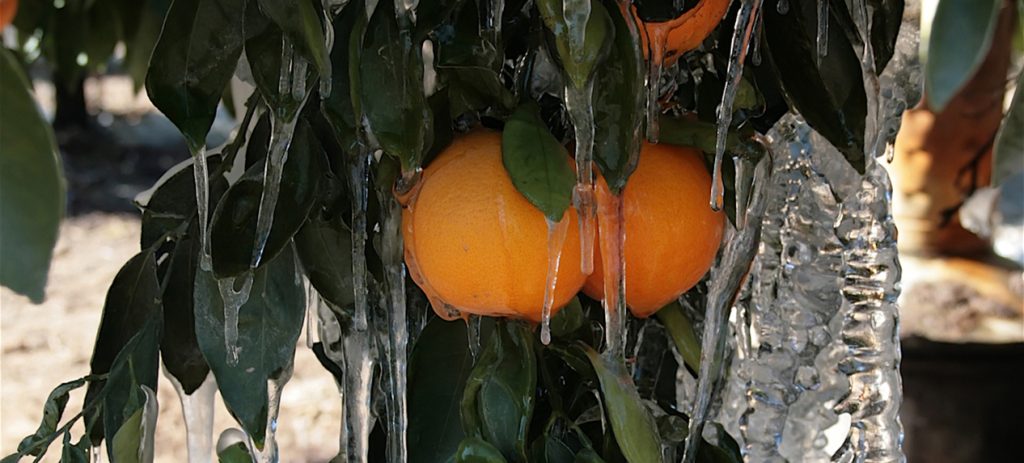CROP INSURANCE IN ACTION: Mike Garavaglia, Vero Beach, Florida

Florida accounts for roughly 70 percent of the U.S. annual production of citrus, of which the vast majority goes into processing, mostly for orange juice. Citrus is big business in the Sunshine State, and Mike Garavaglia is one of Florida’s many citrus growers who make their living putting fresh citrus on the tables of America’s […]
Crop insurers call on farmers to demonstrate severity of drought in online photo contest
OVERLAND PARK. KANSAS (August 20, 2012)—National Crop Insurance Services (NCIS) announced that it will host a 90-day photo contest, beginning today and featuring farm photos taken during the 2012 drought—on track to be one of the driest years the nation has ever seen. The group is reaching out to all farmers suffering from these near-record […]
Crop insurance will cover massive losses
In spite of the depth and far-reaching impact of the drought that has gripped more than half of the nation’s agricultural production area this summer, farmers should have no worries regarding their crop insurance policy’s ability to pay. “The crop insurance industry is on the ground in the drought-stricken areas, mobilizing loss-adjuster teams,” says Thomas […]
Crop insurance adjusters making rounds before fall harvest
In this drought, crop insurance has turned into a lifeline for many farmers in the Tri-States. The U.S. Department of Ag says it expects corn growers to average 123 bushels per acre, which is down 24 bushels from last year. The federal government says corn growers could end up with their lowest average yield in […]
NCIS Responds to August 10, 2012, USDA Crop Progress Report
The following statement is in response to the August 10 USDA Crop Report. The statement should be attributed to Thomas P. Zacharias, president, National Crop Insurance Services. “As expected, the Agriculture Department lowered the corn and soybean production forecast in its August 10 crop production report released today, due to heat stress and extreme drought […]
Crop Failed? There’s Insurance for That
Tess Vigeland: Congress left for its summer vacation without coming up with a drought relief package for farmers and ranchers. But that doesn’t mean they’re all left high and dry. A lot of farmers are going to get help from crop insurance. And that could put a crimp in the bottom line of insurance companies […]
Drought May Cost $20 Billion in Crop Insurance
WASHINGTON (CNNMoney) — As the drought continues to ravage the nation’s corn, wheat and soybean fields, crop insurance losses are expected to break records. With nearly half of the continental United States under severe drought conditions, crop insurance losses are mounting daily, according to a report from the National Drought Mitigation Center at the University […]
Crop Insurers Reassure Farmers as Drought Worsens
OVERLAND PARK, KANSAS, July 18, 2012 – As the drought spreads and attention turns to worsening crop conditions in farm country, the nation’s crop insurers today reassured farmers that companies will have the money necessary to quickly pay out claims in 2012, even amid record payouts last year. For every dollar of premium that insurance […]
When Mother Nature Gives You A Jolt, Crop Insurance is There
By Quentin Bowen Sitting on a combine for 12 hours a day harvesting corn and soybeans gives a person a certain degree of clarity combined with long blocks of time to think and analyze. Looking at the corn I’m harvesting, I marvel at the fact that somehow, my family farm managed to dodge the many […]
The Lone Star State Is Unfortunately Exceptional
By Dee Vaughan Texas is an exceptional state, and most Texans will be happy to explain why that’s so. Unfortunately, for this year, that term also applies to the bone-dry conditions that we’ve seen unfold over the last 12 months. Texas, it seems, is locked in what weather experts call “an exceptional drought,” something many […]

